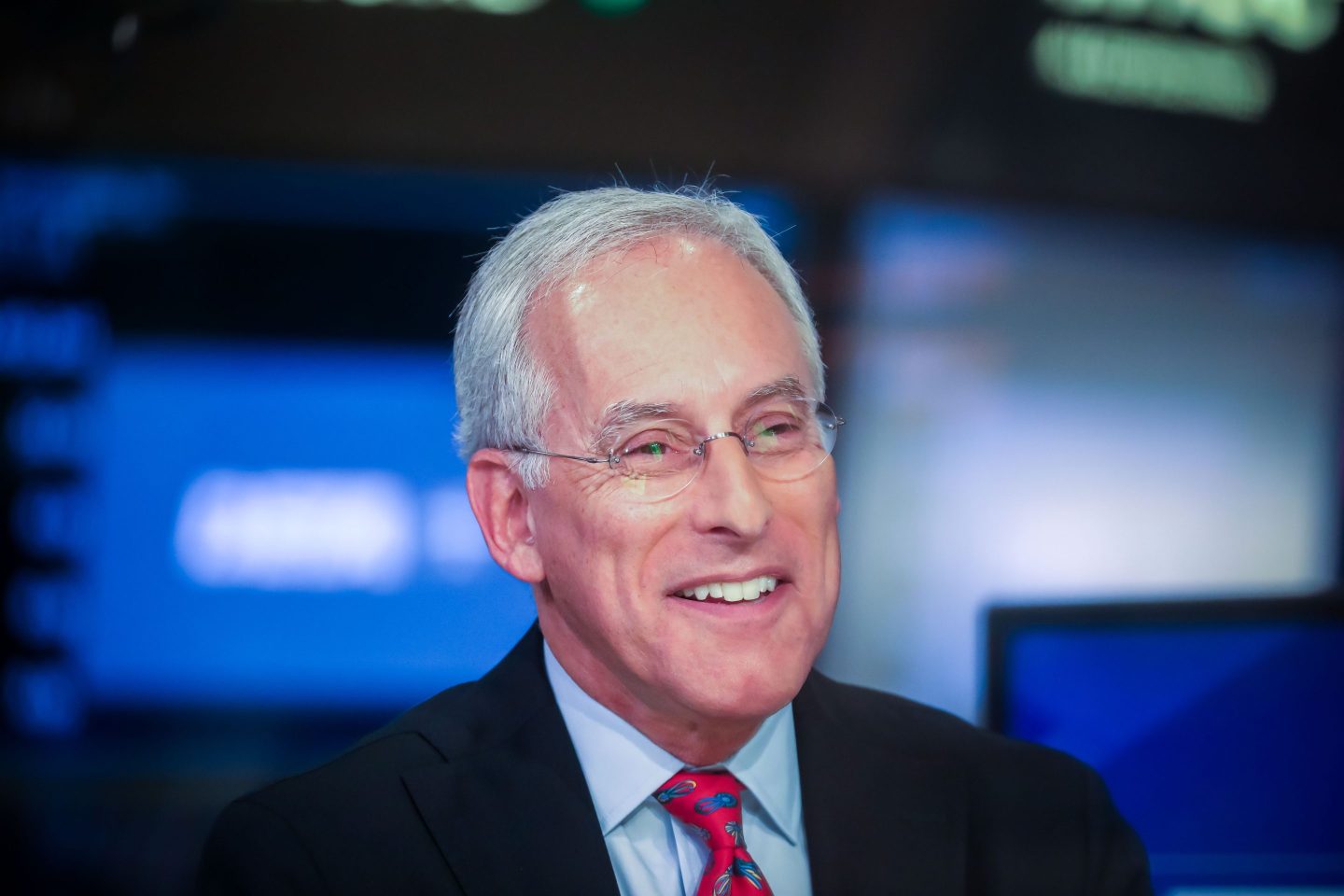The economy is a tale of two halves at present, with wealthy consumers reporting confidence in their outlook, while those at the lower end of the income ladder reportedly feel they’re living in a recession—albeit without widespread job losses.
This is what economists are calling a ‘K-shaped economy,’ where the fortunes of two distinct sets of consumers are increasingly diverging over time.
Part of this growing divide between the rich and the average worker can also be traced back to where these households derive their wealth—namely from their exposure to the booming stock market of 2025.
After a bumpy week, markets are buoyed today on the news that America’s government shutdown may soon be drawing to a close. At the time of writing, the S&P 500 and Dow Jones are up a meager 0.1%, although the VIX volatility index has dropped, signaling that markets are expecting turbulence to subside. S&P 500 futures are up by more than 1%, indicating a return to bullish sentiment.
Markets in Europe are also up across the board in early trading, with Germany’s DAX, France’s CAC 40 and Spain’s IBEX 35 all up by more than 1%. In London, the FTSE 100 is up 0.7%.
The good news has also spread to Asia, where Japan’s Nikkei 225 is up 1.26% and Hong Kong’s HSI is up 1.55%.
The return of an upbeat outlook on the stock market is good news, of course, for the investors who derive their wealth from the markets. But it’s good news for the economy, too.
As Moody’s chief economist, Mark Zandi, highlighted in a note yesterday: “It’s hard to overstate the significance of the soaring stock prices of artificial intelligence companies to the economy. Spending by well-off Americans, driven by their surging stock portfolios, is the single most significant driver of growth.
“This so-called wealth effect is responsible for nearly half a percentage point of real GDP growth over the past year, accounting for one-fourth of the economy’s overall growth.”
Zandi has previously argued that the prospects of the economy are hinged on the fortunes of the wealthy, and added in his note this weekend: “It is prudent to consider how sustainable this is. And if it isn’t, what does it mean for future growth?”
The wins and the potential for future success are also becoming increasingly concentrated, according to research from the Apollo Academy.
A note last week from chief economist Torsten Slok titled ‘K-Shaped Economy for Firms’ outlined how, since earlier in 2025, earnings expectations have increased for the Magnificent Seven and declined for the S&P 493. The Magnificent 7 are a group of American household names (Apple, Amazon, Google owner Alphabet, Meta, Microsoft, Nvidia, and Tesla) that have doubled down on AI—not only deploying it within their own businesses and bringing new products to market, but also investing in the infrastructure needed to build out the transformative technology.
For example, a graph charting the 2025 EPS consensus estimates for the S&P 500 between October 2025 and April 2025 shows that estimations, on average, have dropped by approximately 0.2%.
However, consensus estimates for the Magnificent 7 have increased by a little under 4% between October and April, while the remaining 493 stocks in the S&P 500 have dropped by approximately 1.5%.

Here’s a snapshot of the markets ahead of the opening bell in New York this morning:
- S&P 500 futures are up 1.07%.
- The STOXX Europe 600 is up 1.25%.
- The U.K.’s FTSE 100 is up 0.7%.
- Japan’s Nikkei 225 was up 1.26%.
- China’s CSI 300 was up 0.35%.
- The South Korea KOSPI was up 3.02%.
- India’s NIFTY 50 is up 0.32%.
- Bitcoin was up at $106K.












